1. Plastic Couch Covers
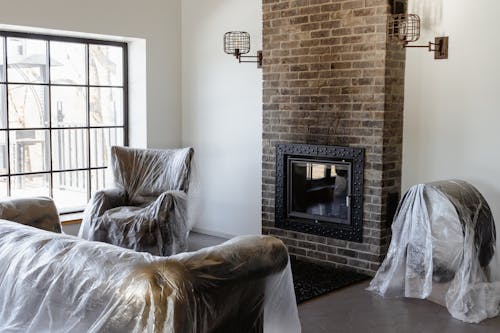
If there’s one way to scream “this is not a place for lounging,” it’s encasing your sofa in crinkly plastic. These covers may be great for spill protection, but they turn a comfy couch into a sticky, squeaky ordeal. Sitting down becomes a noisy, sweaty affair, especially in warmer months. The message is clear: look, but don’t linger.
It’s also a nostalgic throwback to a time when furniture was more about preservation than comfort. But in modern homes, this outdated choice feels more like a booby trap than decor. Guests can’t relax when they’re afraid to wrinkle your protective layer. It’s hospitality with a side of anxiety.
2. Blinding Overhead Lighting
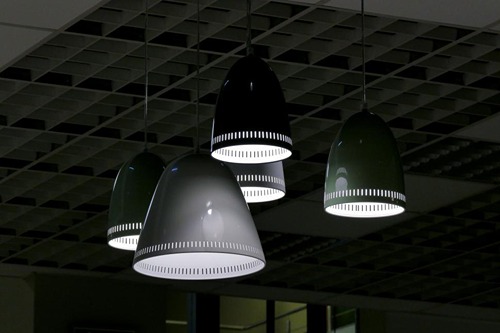
Harsh, unfiltered ceiling lights instantly kill any cozy vibe a space might have. Instead of inviting conversation or relaxation, they make everyone feel like they’re being interrogated. It’s functional, sure—but too much function kills ambiance. No one wants to sip wine under a 500-lumen LED panel.
Soft, layered lighting like lamps or sconces create a sense of ease. So when someone skips that entirely, it can feel intentional—like they don’t want you to get too comfortable. Bright lights signal that this is a space for quick visits, not long chats. You might not even realize why you’re itching to leave, but your brain sure does.
3. Unpadded, Backless Seating
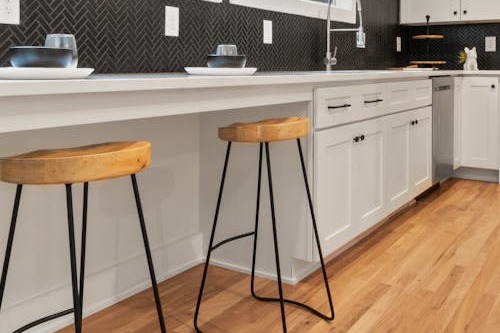
Stools with no backs. Benches with zero cushion. These minimalist pieces may look sleek, but they’re not designed for settling in. When your only option is a hard perch, you’re probably not hanging around for a second round of coffee.
Sure, these work great in a breakfast nook or for quick meals. But if this is the main seating arrangement in the living room, it’s basically a sign that the party’s over before it starts. Guests will shift, fidget, and eventually decide to move on. Comfort counts, and these seats are clearly not in the business of providing it.
4. A Wall Clock That’s Way Too Loud
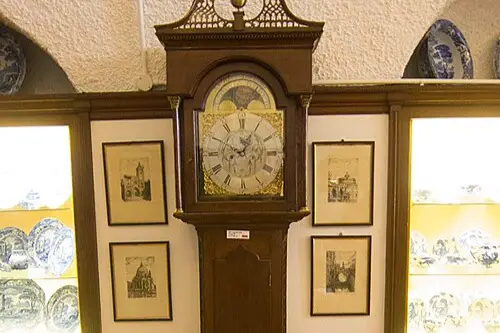
Tick-tock, tick-tock—few things make time feel more oppressive than an oversized, loudly ticking clock. It turns quiet moments into a countdown. Guests subconsciously become aware of the passing minutes, especially when the room falls silent. It’s like a metronome of discomfort.
A wall clock can absolutely be stylish and functional, but when it dominates the soundscape, it’s no longer helpful. That persistent tick can create low-level stress, making it hard for guests to fully relax. It feels like time is being kept on purpose. You’re not just visiting—you’re on the clock.
5. No Guest-Friendly Amenities
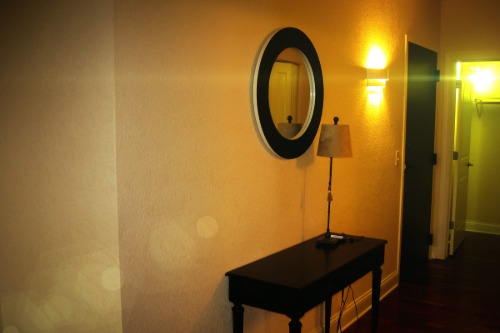
You show up and there’s no coat hook, no extra chair, and definitely no space cleared for a bag. It may not seem intentional, but it sends a message. If there’s nowhere for a guest to put their things, it feels like guests weren’t really expected—or wanted. It’s a form of passive discouragement.
It’s especially noticeable in smaller homes or apartments where space is tight. But even the smallest effort—like a folded chair or a hook on the door—makes a difference. When nothing is offered, people instinctively try to make themselves smaller. And no one wants to overstay when they feel like they’re in the way.
6. Furniture That’s All Angles, No Comfort

Ever sit in a chair that looks amazing in photos but feels like a medieval torture device? Designers love sharp silhouettes, but guests love lumbar support. When every piece in the room looks like it belongs in an art museum, it’s probably not a place for lounging. It’s more about being seen than being sat on.
These types of chairs and sofas often lack plush cushions or ergonomic design. They’re great for minimalist Instagram shots, not so great for a two-hour chat. The result? Guests start thinking about their posture—and their exit.
7. Thermostat Set to Arctic Tundra
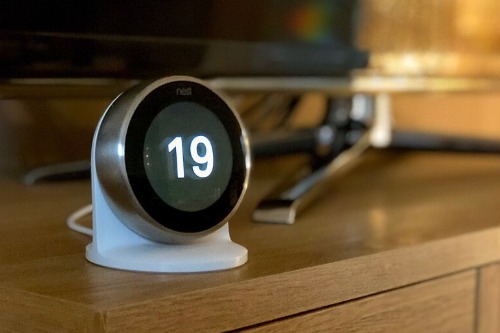
When it’s so cold you can see your breath indoors, something’s off. A chilly house can be a subtle cue that you’re not supposed to hang around. People may not want to complain, but they definitely notice when their fingers go numb mid-conversation. Cold equals unwelcoming, whether it’s intentional or not.
Sometimes, it’s about personal preference or energy savings. But if guests regularly bring sweaters or decline a second visit, it’s worth reconsidering. A room that’s too cold stops feeling like a home and starts feeling like a waiting room. And no one lingers in a waiting room longer than they have to.
8. Oversized Art with Aggressive Messages

You’ve seen it: the giant canvas that says “GET OUT” in neon or “MY HOUSE, MY RULES” in bold typography. While it might be meant as a joke, the vibe it gives off isn’t exactly warm and fuzzy. Art is a reflection of personality—but when it leans too hard into sarcasm or authority, it can be off-putting. Guests read the room—and the writing on the wall.
Some might find it funny, but humor is subjective. For many, it feels like walking into a room with rules before even sitting down. Combine that with other unwelcoming elements, and the message starts to sink in. The home is more fortress than haven.
9. No Soft Textiles Anywhere
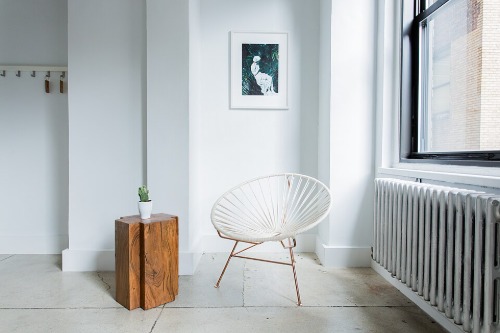
Throw blankets, cushions, and rugs may seem like extras, but they do emotional heavy lifting. A space without them feels barren, echoey, and cold. When everything is leather, metal, or wood, the room loses that cozy, lived-in feeling. And without that softness, people feel more like visitors in a gallery than guests in a home.
It’s not about clutter—it’s about comfort. A rug underfoot or a throw on the couch can subtly invite someone to stay a little longer. Without these, guests are left wondering if they’re allowed to even move the furniture, let alone relax. It’s the difference between “welcome” and “look, don’t touch.”
10. Ultra-Minimalist Design That Borders on Sterile
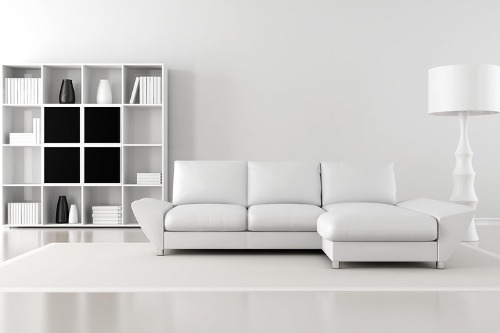
Minimalism can be beautiful—but taken too far, it starts to feel like no one actually lives there. Bare walls, stark furniture, and zero personal touches can make a place feel like a showroom. It’s hard to feel comfortable in a space where nothing feels used, loved, or lived-in. You end up sitting stiffly, afraid to upset the clean lines.
This design style can project sophistication, but it can also read as emotionally cold. Guests might feel like their presence is disrupting the aesthetic. A home should feel like a human lives in it—not a catalog model. When warmth is missing, connection becomes harder.
11. Scents That Are Overpowering or Artificial
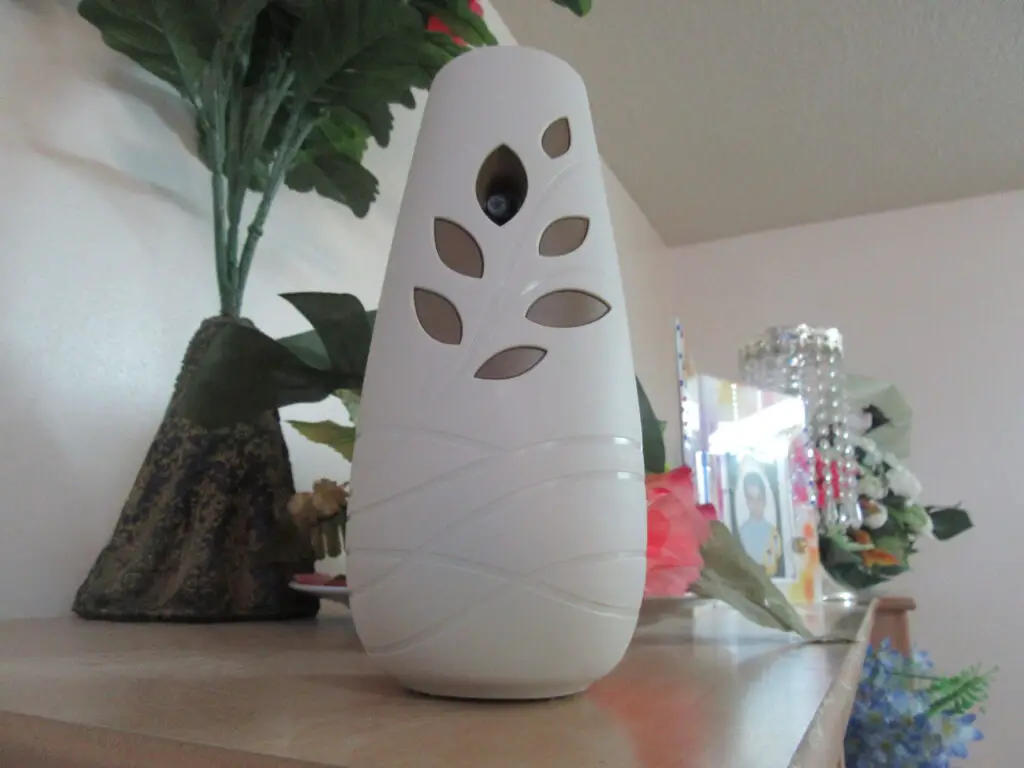
The first thing you notice when you walk into someone’s home? The smell. And when it hits you like a perfumery truck—think overpowering air fresheners, diffusers, or scented candles—it can trigger an immediate urge to step back. Especially for people with allergies or sensitivities, these choices can feel less like a welcome and more like a warning.
Scent can set a beautiful tone when it’s subtle and natural. But when it’s cloying or chemical-heavy, it becomes intrusive. It can even mask other issues like poor ventilation, which raises its own red flags. Bottom line: if a guest can taste the scent, they won’t stay long.
12. Clocks or Decor That Reference “Leaving”
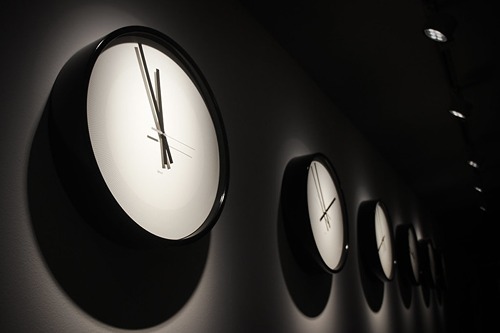
Yes, there are actual decorative items that say things like “Time to Go” or “You Don’t Have to Go Home, But…” They’re often found in kitchens, entryways, or bathrooms as cheeky humor—but they carry weight. Even if the homeowner thinks it’s just a playful touch, it sets a tone that departure is always on the horizon. That’s not exactly the message you want to send when inviting people in.
These types of signs have become common thanks to novelty decor trends. But over time, they send a subconscious signal. Combine that with other unfriendly choices, and the whole environment becomes more transactional than inviting. It’s less “make yourself at home” and more “don’t let the door hit you.”
This post 12 Decor Choices That Say “Someone Here Doesn’t Want Guests to Stay Too Long” was first published on Greenhouse Black.
